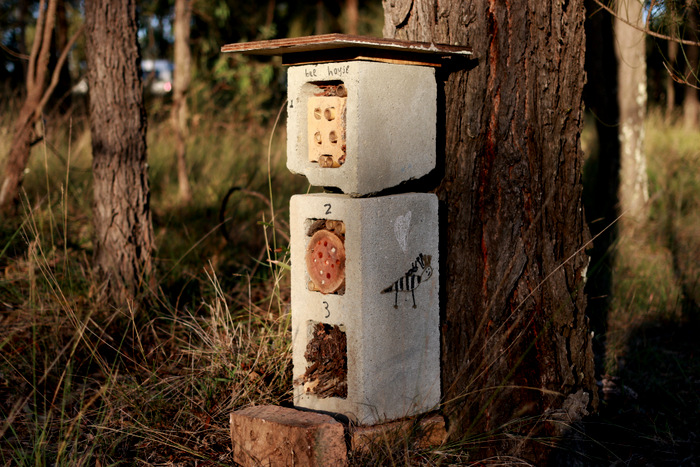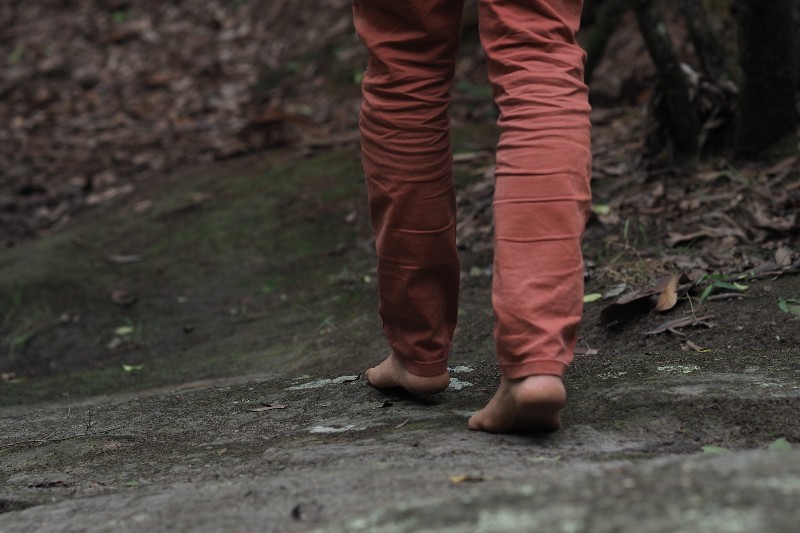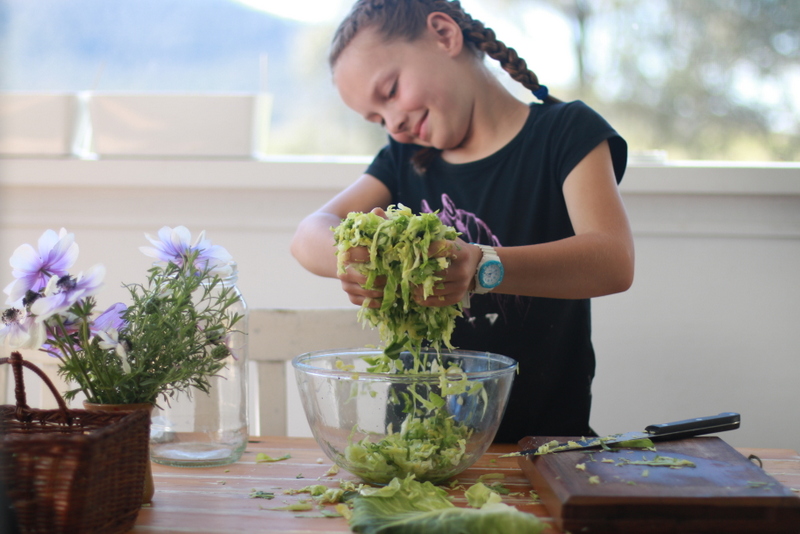I’ve fallen in love with Australian native bees. A brief encounter with a beautiful Blue Banded Bee has me wanting to encourage these helpful insects into my garden. Thankfully, there are a number of ways to welcome native bees into our backyards.
The benefits of Australian native bees
When most people think of bees, they think of the introduced European honeybee, but Australia actually has more than 1,600 species of native bees.
Australian bees play a vital role in pollinating our native flora and are also increasingly being valued as a pollinator for agricultural crops. Their small size allows them to easily negotiate small flowers and in many cases they are more effective pollinators than honeybees.
Native bees are harmless. Some can’t sting and those that can are typically too small to deliver an effective sting and are unlikely to sting unless picked up. Their non-aggressive nature and ability to thrive in urban areas makes them a safe option for people wanting to enjoy the pollination benefits of bees without the hassle of keeping honeybees.
Australian native bee habitat
Most Australian native bees are solitary. They live alone or in small groups and nest in burrows in the ground, hollow stems of dead plants, or tunnels bored into dead wood by other insects. There are also a handful of social species that live in colonies and build nests in tree cavities and hollow logs.
How to encourage native bees into your backyard
To attract native bees into your garden, plant a diversity of flowering plants, steer clear of pesticides, retain dead wood and provide a source of water. It’s a good idea to set aside a small untidy ‘wild’ area where you leave dead stems and branches. Provide flowers of various sizes and colours and ensure that something is in bloom all year round so that the bees have a continuous supply of nectar and pollen.
Solitary native bees can be encouraged by providing nesting habitats. Little Eco and I created a bee hotel (also known as trap nests and bee condos) out of old concrete blocks filled with nesting material. We included bamboo canes, making sure to leave a joint to close the back of the stem; a piece of hardwood with holes drilled in it, each 3 – 9 mm wide and at least 80 mm deep; and naturally holey bits of rotten timber. There’s a roof to protect the nests from rain and it’s placed against a tree to protect the rear.
Much to our amazement the hotel was occupied almost as soon as it was opened. Six holes in the hardwood are now home to bee larvae. The visible plugs of mud indicate that a female bee has deposited eggs before sealing off the chamber.
Enthused by our initial success we’re creating more nesting habitats. We’ll be hanging bundles of hollow stems to attract Reed Bees; creating mud blocks to attract Blue Banded Bees; and drilling holes in some of our old tree stumps and blocks of timber to attract Resin Bees and Leafcutter Bees.
You can increase native bee numbers in your backyard even further by introducing a colony of stingless bees. Native stingless bee hives can be purchased or you can build your own hive and get a colony from another native beekeeper that has split their hive.
If you are interested in keeping stingless bees, native bee expert Tim Heard delivers regular workshops (including one here in Newcastle in October).
Originally published in the Newcastle Herald Monday 5th May 2014.



